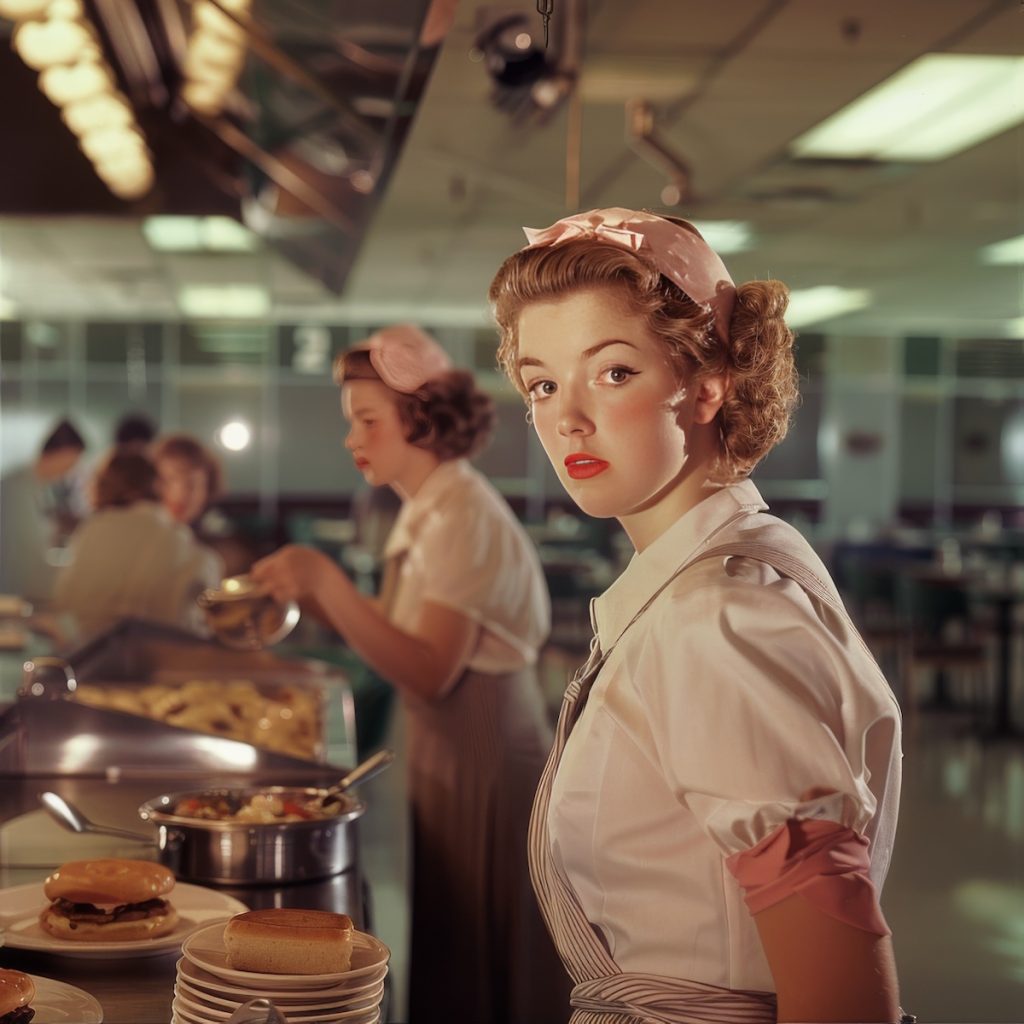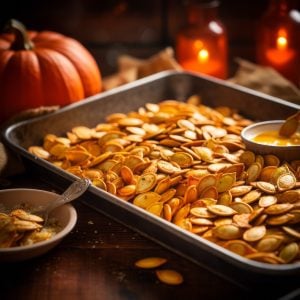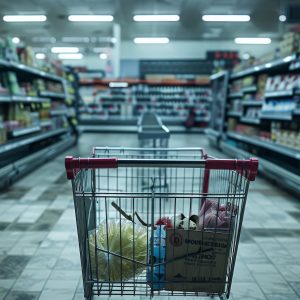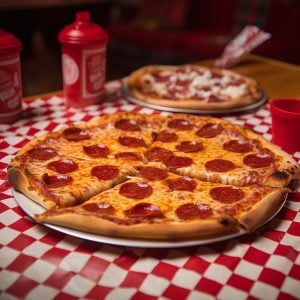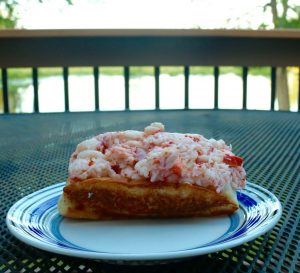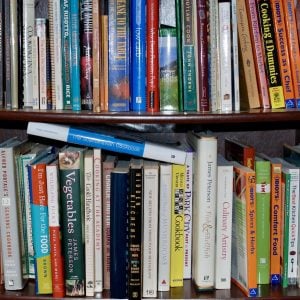Making School Lunches Great Again

By Nell Jones - daughter, writer, graduate, and professional
I recently came across an article written by Jane Black, titled Revenge of the Lunch Lady, about the lunches offered in public schools. The article, originally published in the Huffington Post, highlights a public school cafeteria in a small town and a woman working to improve it in a way that could improve the entire system.
This exposé on the system feeding America’s children is important, so I wanted to summarize it for our readers. Think of it as an appetizer to the full article.
Ms. Black opens by highlighting celebrity chef Jamie Oliver’s role in improving school cafeterias, focusing on a school in Huntington, West Virginia. Oliver introduced fresh, made-from-scratch meals that barely met government standards.
However, the new meals weren’t well-received. Students didn’t like the taste and began boycotting lunch, wasting the food. This was a problem since many students rely on school meals for most of their daily intake.
That’s when Rhonda McCoy stepped in to rescue Huntington’s cafeteria system.
While the stereotype of school lunches as unhealthy slop is troubling, even worse is that not all students can afford lunch. Ms. Black suggests the nutritional problems began in 1981, when the USDA started buying up surplus dairy to address a national dairy glut, but this created an excess of fat in school meals.
The government then started purchasing beef to fill school lunches, but this didn’t align with new dietary guidelines for fat content. Yet, this issue is less concerning than the number of children who aren’t getting lunch.
A startling statistic in the article reveals that only one-third of the 6 million impoverished children eligible for free or subsidized lunch receive it, as reported by Their Daily Bread. The article provides more data, underscoring the scale of the problem in the U.S. school lunch programs.
Government subsidies comprise a large portion of cafeteria funding, making addressing these issues in current politics crucial.
Enter Rhonda McCoy, a registered dietician. McCoy grew up in one of these poor school districts in rural West Virginia and knows the local tastes. Unlike Oliver, she improved the food quality while adapting it to students’ preferences.
McCoy maintained the new, healthier recipes while accepting government handouts, saving her district an extra $50,000. She used the funds to invest in new kitchen equipment, which helped the school cook enough food efficiently.
She also introduced fresh produce grown by students into the meals. As a result, the Huntington school nearly doubled the number of meals served, and more students ate the cafeteria lunches.
What McCoy achieved in Huntington can be applied nationwide. The article emphasizes the need for strong leadership, like McCoy’s, to drive change in school food programs. She understands the system and works realistically within its limitations to promote healthier eating.
Government funding is crucial to this effort. If the government supports improvements, like new kitchens, schools can better adapt to modern needs. If this topic interests you, I highly recommend reading the full, in-depth article.
Jane Black, February 9, 2017 Images by Sam Kaplan. “Revenge of the Lunch Lady.” Food and Environment Reporting Network. N.p., 19 Apr. 2017. Web. 14 June 2017.

